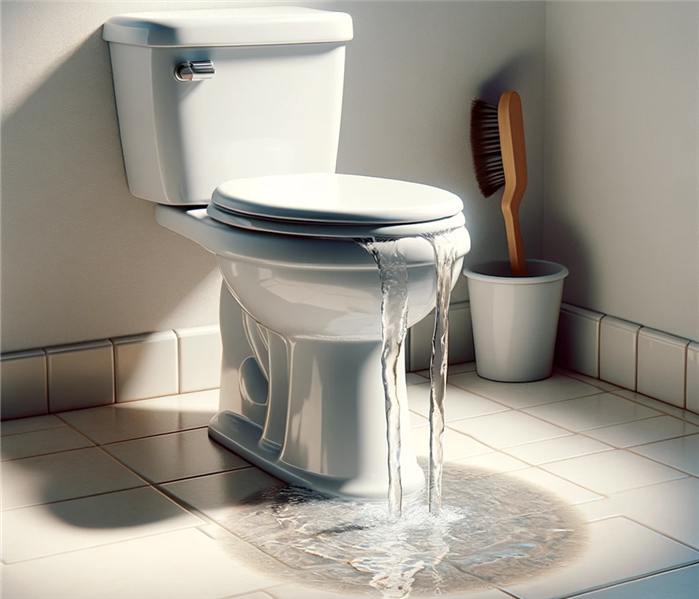I Just Heard the Term "Black Water." What Does this Mean?
12/28/2023 (Permalink)
Black, gray, and white water are terms used to categorize wastewater based on its source and level of contamination:
Black Water:
- Black water is the most contaminated type of wastewater and is typically associated with toilets and sewage from toilets.
- It contains human waste, toilet paper, and often includes pathogens (bacteria, viruses).
- Black water requires extensive treatment to make it safe for discharge or reuse, often involving sewage treatment plants.
Gray Water:
- Gray water is wastewater that comes from sources other than toilets. It includes water from sinks, showers, bathtubs, and washing machines.
- Gray water is less contaminated than black water but may still contain soap, detergents, and small amounts of organic matter.
- While not suitable for drinking, gray water can often be safely reused for purposes like landscape irrigation or toilet flushing with proper treatment or filtration.
White Water (Clean Water):
- White water, also known as clean water, refers to fresh, potable water that is safe for drinking and other domestic uses.
- It is not wastewater and does not contain contaminants. Instead, it is the type of water typically supplied to households through water utility systems.
- White water is suitable for consumption, cooking, bathing, and other daily activities without posing health risks.
It's important to note that the appropriate management and treatment of each type of water are crucial to maintain environmental and public health standards. Proper wastewater treatment and responsible water usage practices help ensure that contaminants are removed, and clean water sources remain safe for human consumption and other essential needs.





 24/7 Emergency Service
24/7 Emergency Service
